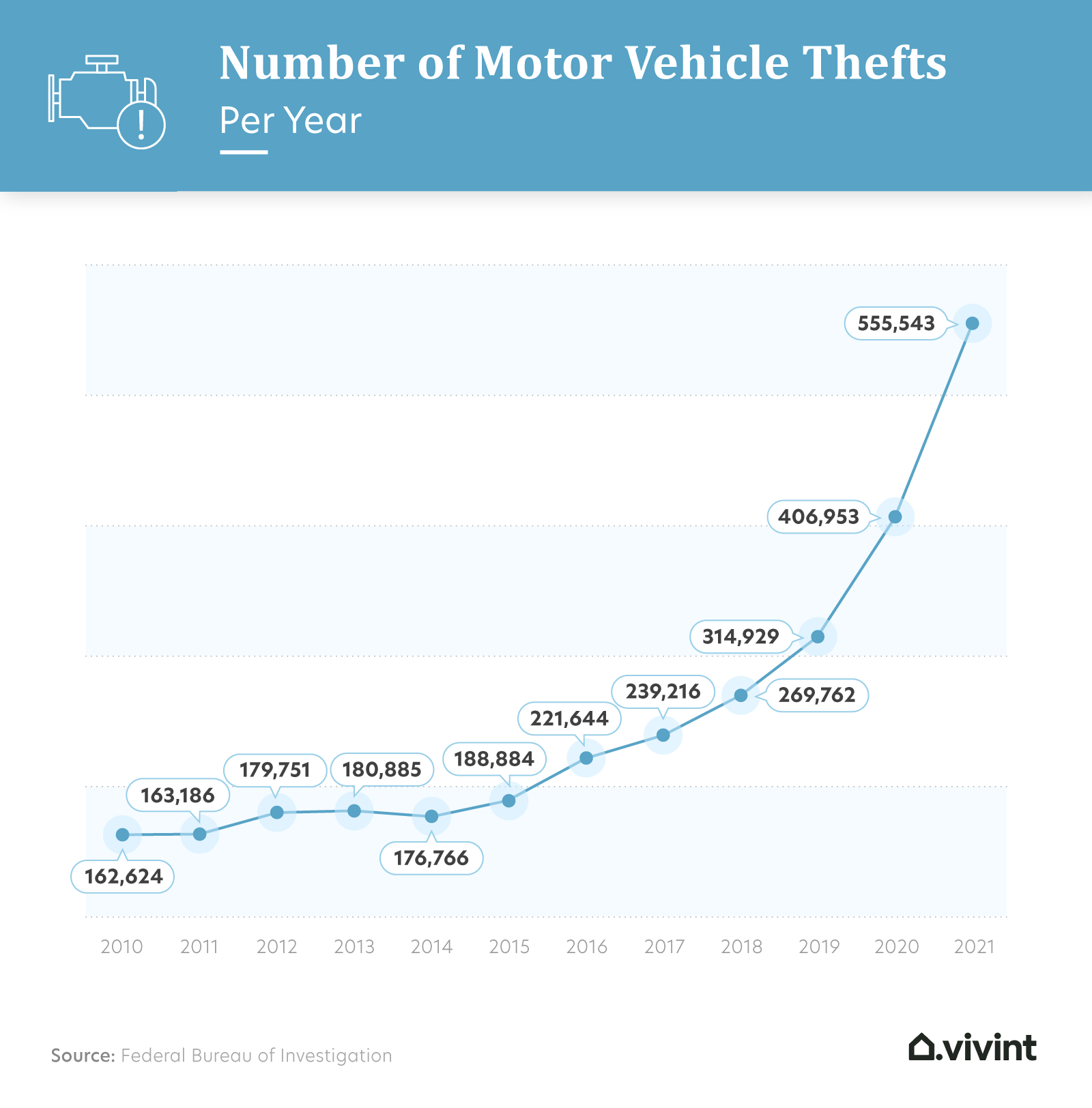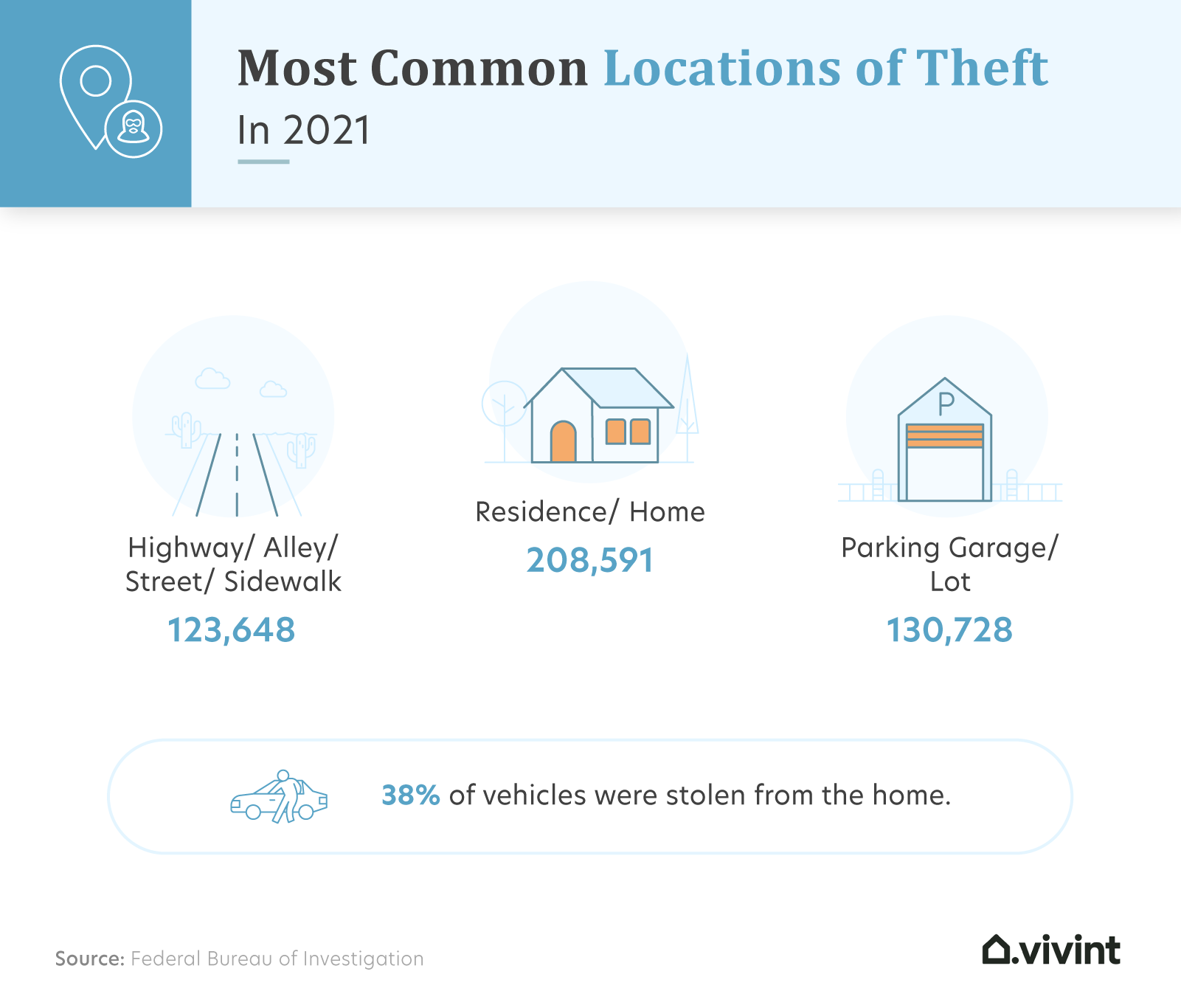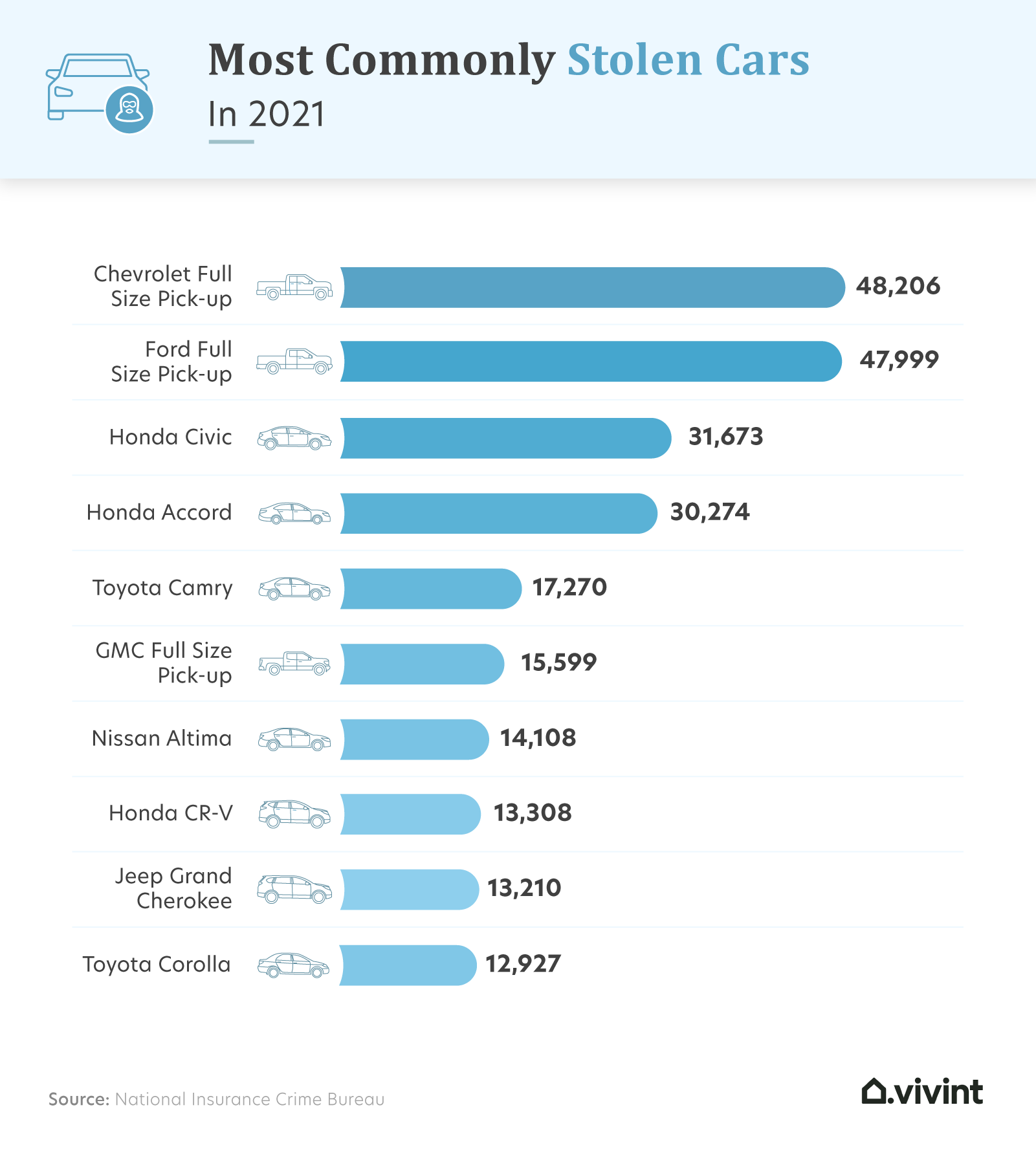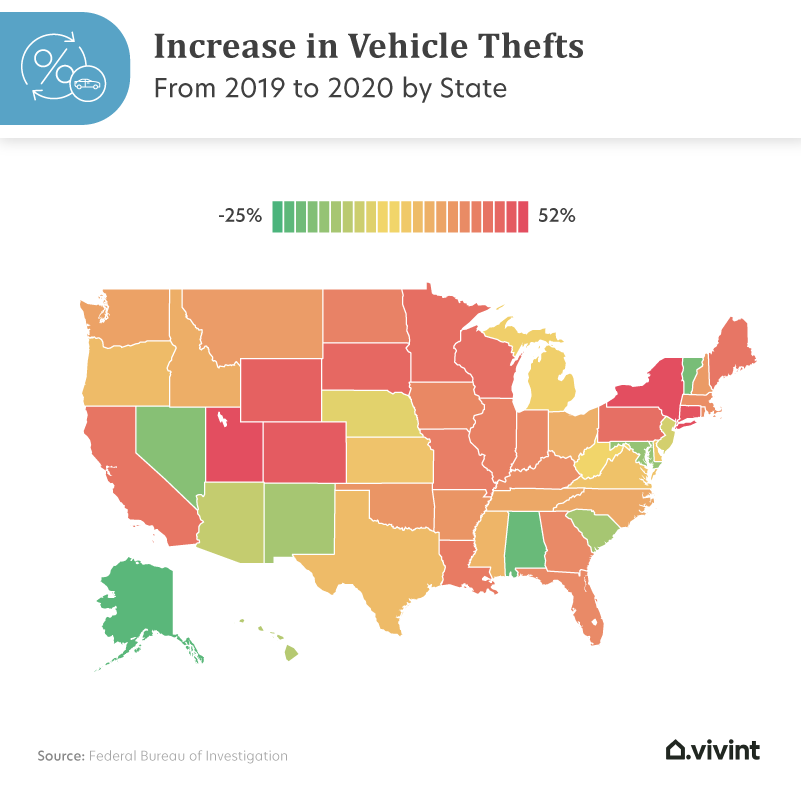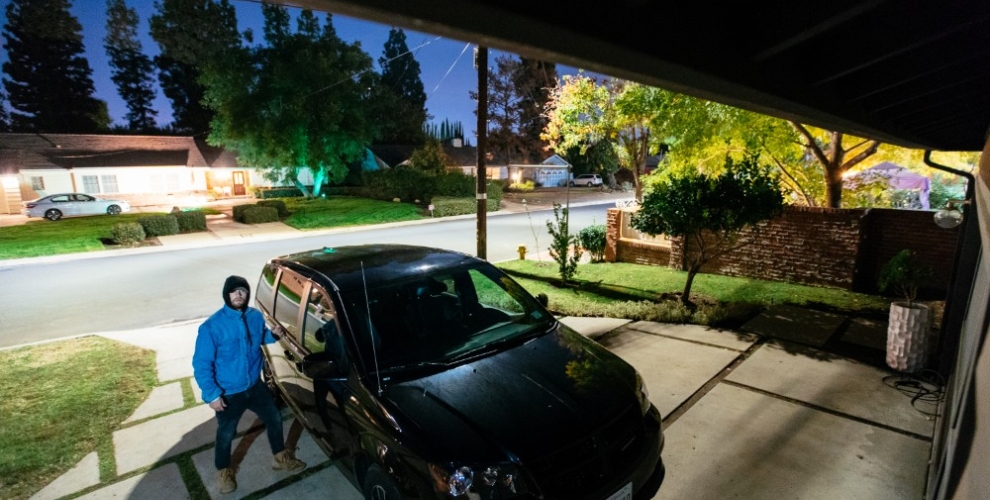What should you do if your car is stolen?
Discovering that your car has been broken into can be an infuriating experience. Even worse, arriving at your car—or where it's supposed to be—only to find that it's been ransacked or has disappeared completely can be downright scary. It can be easy to get stressed in these situations. However, it's important to stay calm.
Your actions immediately after a car theft can help determine whether your vehicle is found again or not. There are some basic steps you should take to help law enforcement find the perpetrators and improve the odds of recovering your car.
Here's a quick rundown of what to do:
- Call the police. Report auto theft to your local police department as soon as possible. They will ask you to file a stolen vehicle report. The sooner police are on the case, the sooner they can potentially solve it. On top of that, you won't be able to file a claim with your insurance company without a formal police report for car theft.
- Contact your insurer. Your auto insurance may cover vehicle theft, depending on the circumstances. Depending on the policy, you may be able to get money to cover the costs of a new vehicle and even reimbursement for temporary transportation. For example, if you have to rent a car to get to work in the short term.
- Have the relevant information at hand. Whether you're filing a police report or contacting your insurer, you'll need to provide basic facts about your automobile. These include the certificate of title, a physical description, and stats regarding recent mileage, service records, and upgrades. Your auto mechanic may be able to provide this info if you don't know it. Your insurer will want to know the location of all vehicle keys or fobs before and after the incident, as well as a list of people who had access to the vehicle.
- Make a list of personal property. If you had personal items, like laptops or clothing, in the car, your insurance may also cover these losses. In some cases, your homeowners or renters insurance may offer the relevant coverage.
- Contact the financing or leasing company. If your car is financed or leased, you also need to notify the relevant company. They will likely ask for your insurance information, so have this on hand when you contact them.
4 tips to prevent motor vehicle theft
As a car owner, knowing what to do in case of vehicle theft is important. However, ideally, you won't have to deal with this issue at all. As the rate of motor vehicle theft climbs, it's more important than ever to protect yourself. Here are some steps you can take to help prevent auto theft.
Make sure all valuables are hidden
It's common for people to keep possessions in their car. You might stash your gym bag there when you go to work or school, for example—or vice versa, leave your backpack or work bag inside when you go to the gym. While it can be convenient to keep goods in your car so you don't have to lug them, it can also invite risk.
Car thieves may be tempted to break into your vehicle if they see valuables lying around inside. It's thus best to make sure that anything costly is hidden from sight. Examples of goods you don't want out in the open include:
- Phones
- Tablets
- Laptops
- Jewelry or watches
- Cameras
- Designer bags or luggage
Also, beware of leaving related "accessories" in plain sight. For example, leaving your phone charger visible suggests there may be a phone inside the car too. Ideally, you simply won't leave goods in your car at all. However, if you have to keep them inside the vehicle, hide them under the seat or, better yet, lock them in the trunk where they can't be seen or accessed via smashing a window.
Ensure vehicle is visible
The best way to make sure your vehicle isn't stolen is to keep an eye on it at all times. When you park your car, consider visibility. For example, if you're in a public parking lot, park as close to the entry as possible and in a well-lit area. Similarly, if you're parking on the street, park under a street light.
Given that vehicles are often stolen from homes, visibility is also a consideration on your property. Installing exterior lighting around your garage, driveway, and property perimeter is a wise move. Motion lights can be a great deterrent, scaring would-be car thieves away when they come to close.
Security cameras are another way to enhance visibility on your property. Modern camera systems can connect to your smartphone, allowing you to check in at any time. A comprehensive system can even link motion sensors and cameras. For example, if the motion sensor is triggered, you'll get a smartphone alert and can then check the camera to see if anything is amiss.
Lock your doors and close your windows
It may sound like common sense, but plenty of people forget to lock their car doors and close their car windows when they leave their vehicles. Unfortunately, this can invite car thieves eager to take advantage of an easy break-in opportunity. Always lock your doors, close your windows, and, if you have one, your sunroof.
If you tend to forget, consider leaving a colorful post-it on your steering wheel as a reminder. A large keychain can also be a subtle reminder. For a more high-tech solution, consider a key fob with auto lock. Once you're out of a certain range of the vehicle the fob locks the car automatically.
Be alert
It's easy to get lost in your own thoughts when you're driving in your car alone. Whether you're listening to music or a podcast, or thinking about work or school, you might find yourself drifting off mentally. However, when you park your car, it's critical to be alert.
Scope out any area looking for suspicious people before parking. You also want to make sure you're parking in a visible, well-lit area as described above. If you see someone loitering around a parking lot, park somewhere else. Trust your gut. It's better to play it safe and exercise extreme caution than to have your car stolen.
Even if the area seems safe, make sure to pay attention to your surroundings. Don't text on your phone as you get out of the car (which also increases the odds that you'll forget to lock it). Additionally, take out any headphones, and don't listen to music or podcasts as you leave the vehicle.
Get an audible alarm system
An audible alarm will make a loud noise when someone tries to break into the car. For example, it might activate the car's horn. While it can't prevent the break-in, it can help scare off car thieves before they steal your vehicle completely. The last thing they want is to attract a lot of attention to themselves.
You can also consider visible anti-theft devices, like a steering wheel lock. This can be enough to deter a thief, who is generally going to target "low-hanging fruit" and focus on easy wins. If they see something like a steering wheel lock, they might decide it's not worth the hassle.

